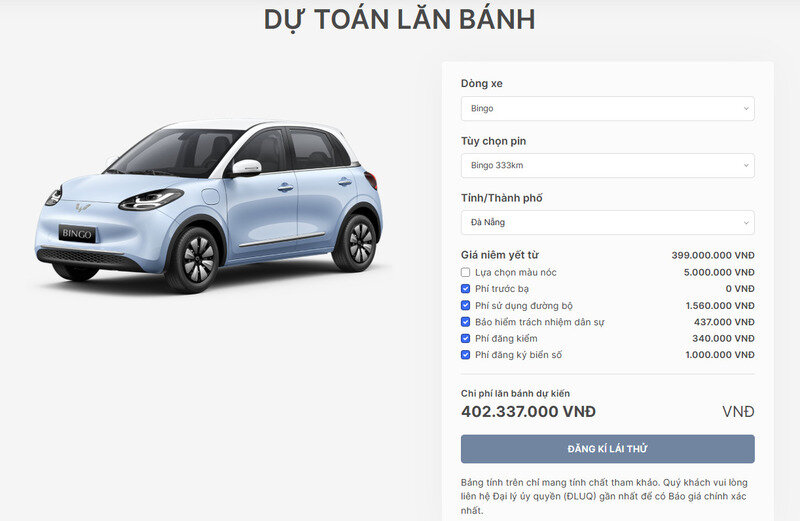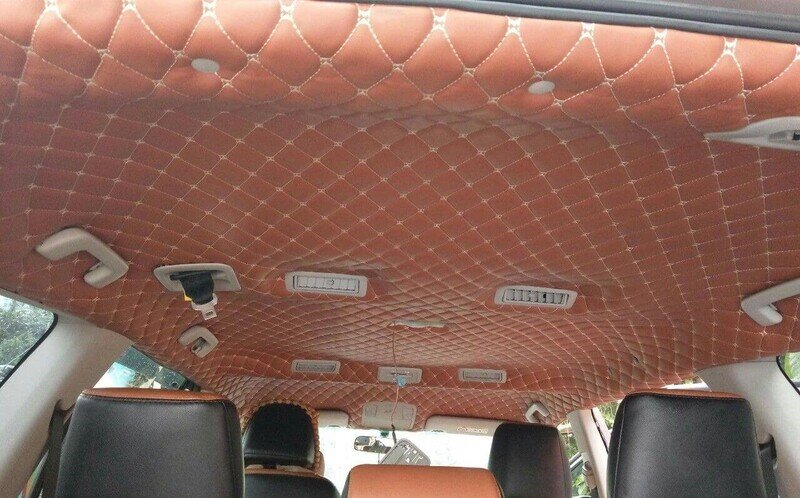Do you know the cost? replace electric car battery How much is it? The battery is one of the most important parts of an electric car, and the battery replacement process should also be taken into account. Let's Wuling EV Vietnam Discover detailed information in the article below!
1. Cost of replacing electric car batteries
The battery pack in an electric car is considered the "energy heart" of the vehicle. This is the most expensive component accounting for more than 50% of production costs and more than 30% of total value. When users decide to own an electric car and buy a battery pack, they will have to pay a large amount of money.
Electric cars bring many outstanding advantages such as powerful engines and smooth operation. At the same time, they possess modern technology, save maintenance costs and do not emit carbon emissions - the main factor causing climate change. Even though there are such notable advantages. However, price is still an issue that worries many users when deciding to own this vehicle.
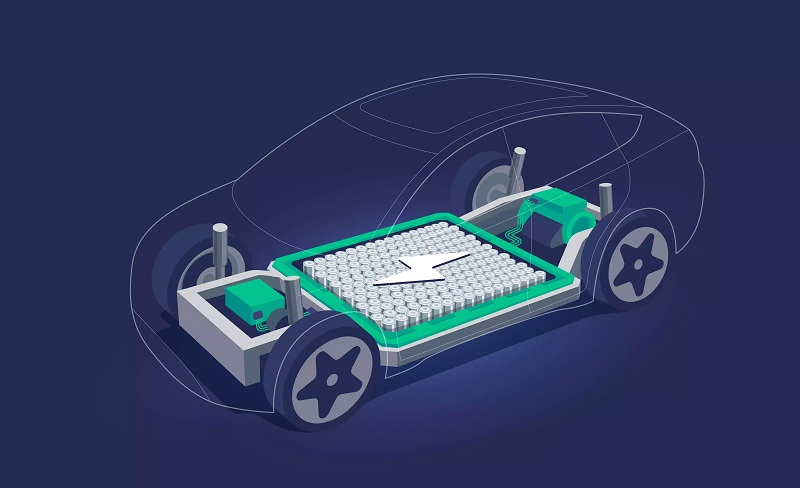
Electric car batteries are the most important part
In recent years, the price of electric car batteries has decreased significantly thanks to the application of technology in exploitation and manufacturing. From 2020 onwards, battery prices fluctuate around 137 USD/kWh (2.5 million/kWh) and tend to continue to decrease. Although the price replace electric car battery has decreased, but is still higher than replacing a gas tank or gas tank for a traditional car. This disparity has a number of causes, including:
- Rare raw materials: Electric car batteries use materials such as cobalt, nickel and lithium. These materials are expensive and difficult to exploit, process and transport.
- Battery life and capacity: The longer the battery life of an electric car, the larger the capacity and the better the ability to travel farther, the higher the cost will be, affecting the price of the car.
- Constraints in the supply chain: The supply chain for electric car batteries in the market is still limited. This is a big challenge for the global auto industry.
2. What type of battery is suitable for electric cars?
The general structure of electric car batteries consists of interconnected battery cell compartments. Includes positive electrode, negative electrode and electrolyte solution. In the field of electric cars, there are 4 common types of batteries used, including:
2.1. LFP pins
LFP (Lithium Iron Phosphate) is a type of battery chosen by many manufacturers and widely applied in electric cars today. This type of battery has a long life, can be up to 5000 charge-discharge cycles at 80% without affecting performance.
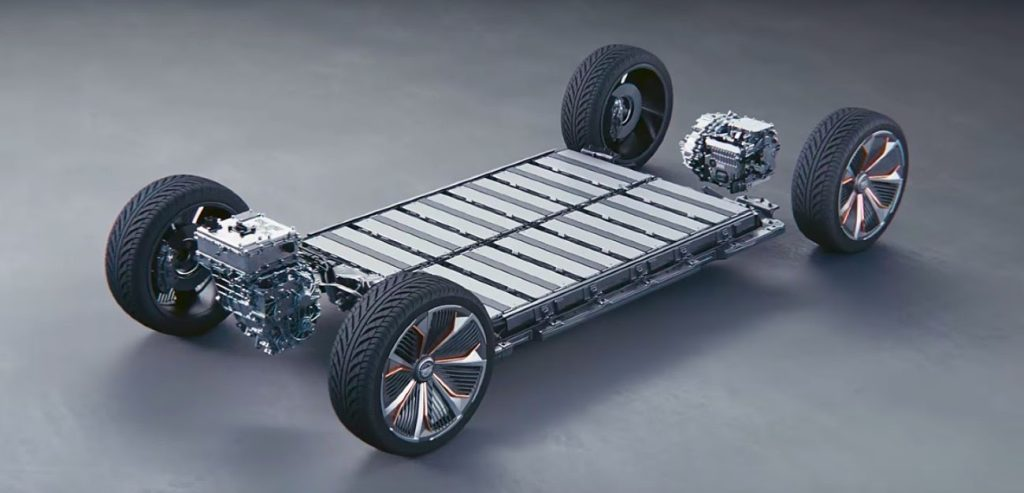
LFP batteries are widely used in EV vehicles
LEP is cheap and does not require special maintenance. At the same time, this is a safe and lightweight battery that helps reduce the weight of the vehicle. In addition, LFP also has the ability to fully charge quickly, is compatible with many different types of chargers and still maintains its original durability.
2.2. Pin Lithium-ion
Lithium-ion (Li-ion) batteries are the most popular battery type in electric vehicles today. It is also widely used in electronic devices such as smartphones and laptops. Li-ion batteries are made up of two terminals: the cathode uses Graphite and a liquid electrolyte; The anode uses oxide compounds of transition metals (Mn, Ni, Co) combined with Lithium (an alloy of the element Lithium - Li).
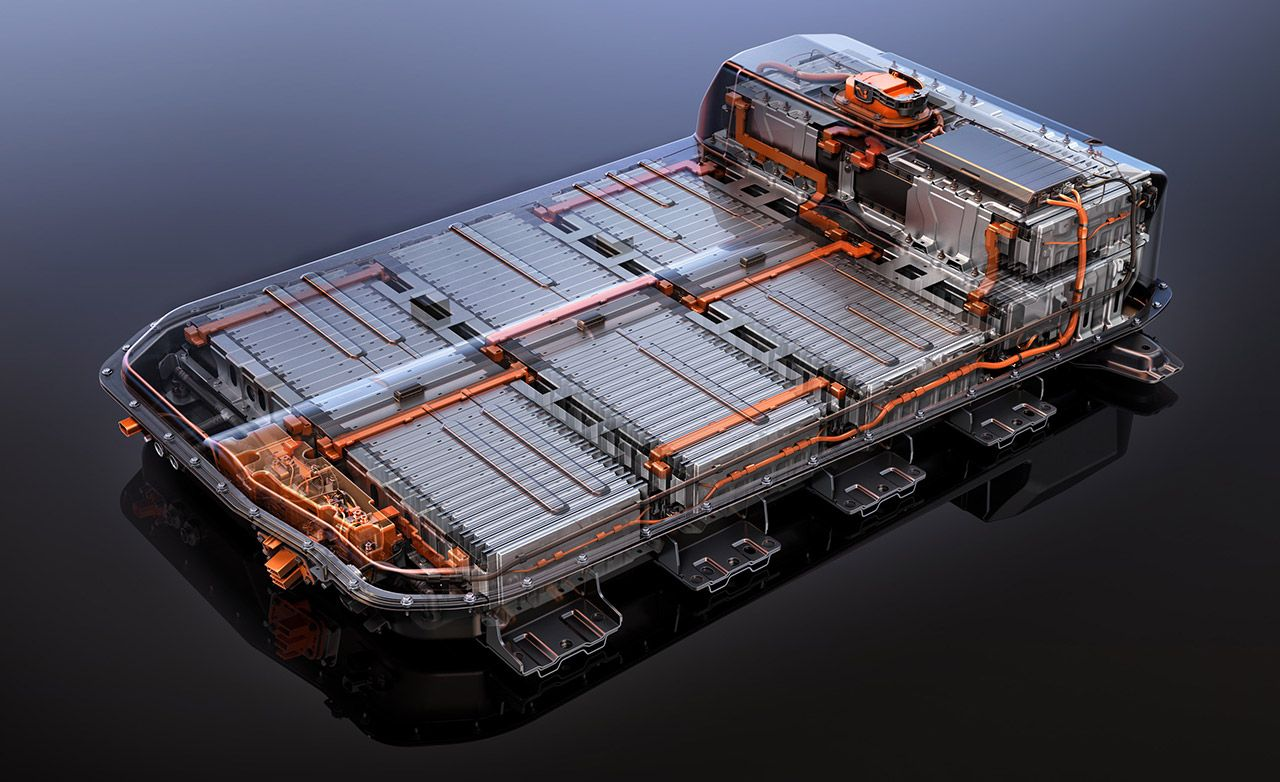
Pin Lithium-ion helps the car operate efficiently
The outstanding strengths of this type of battery are its slow energy discharge rate and high energy density. This is why it is popular for producing batteries for electric cars. Li-ion batteries allow storing and providing energy for a long time, helping electric vehicles travel farther and operate efficiently.
2.3. Nickel-metal hydride battery
NiMH (nickel-metal hydride) batteries are used in hybrid vehicles, some other electronic devices, and low-floor electric trains. This type of rechargeable battery is similar to the nickel cadmium (NiCd) battery. However, instead of using cadmium - a heavy and environmentally harmful metal - in the cathode, it uses a mixture containing hydride. This helps the capacity of NiMH batteries to be 2-3 times that of NiCd batteries of the same size without causing pollution.
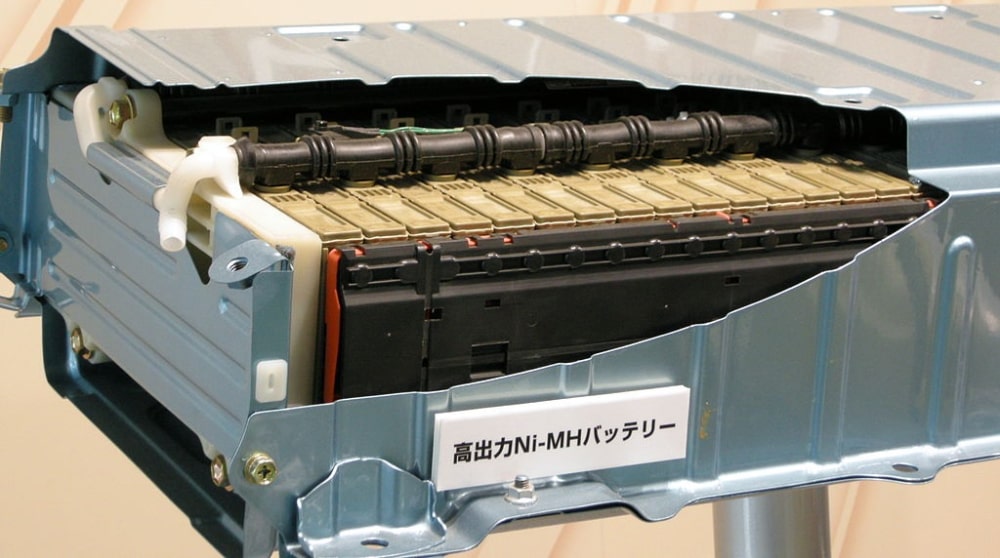
NiMH batteries are used in hybrid vehicles
However, the disadvantage of this type of battery is that the energy discharge rate is much faster than Lithium-ion batteries. In addition, battery charging efficiency is also lower. Therefore, this type of battery is less popular for current electric car batteries. Despite this drawback, NiMH batteries still play an important role in other applications such as hybrid vehicles, where fast discharge rates are not as important a factor as in electric car batteries.
2.4. Pin Ternary Lithium
Ternary Lithium batteries are made from materials such as cobalt, ternary nickel and manganese. This provides good electrical conductivity. At the same time, it improves the circulatory efficiency and operating efficiency of the battery system. This type of battery also has good heat resistance to help limit the risk of fire and explosion and ensure stable usage.
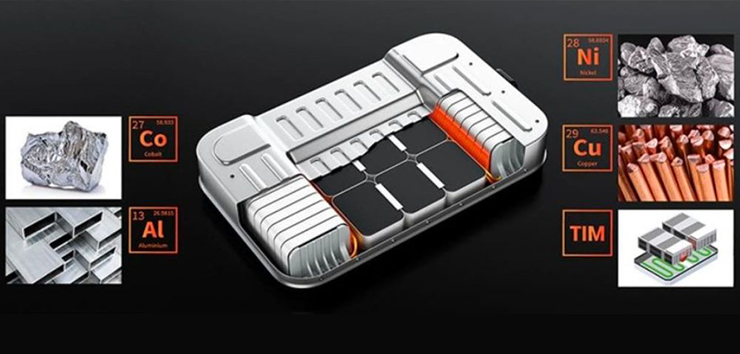
Ternary Lithium battery provides stable usage
3. How long does it take for an electric car battery to degrade?
The performance degradation time of an electric car battery is the time during which the battery loses some of its capacity and performance compared to its original state. According to a recent study, the average capacity loss of electric car batteries is about 2.3% per year. When properly cared for, EV batteries can last much longer than internal combustion engine components. The longevity of electric car batteries contributes to the reduction of maintenance costs associated with electric vehicles.
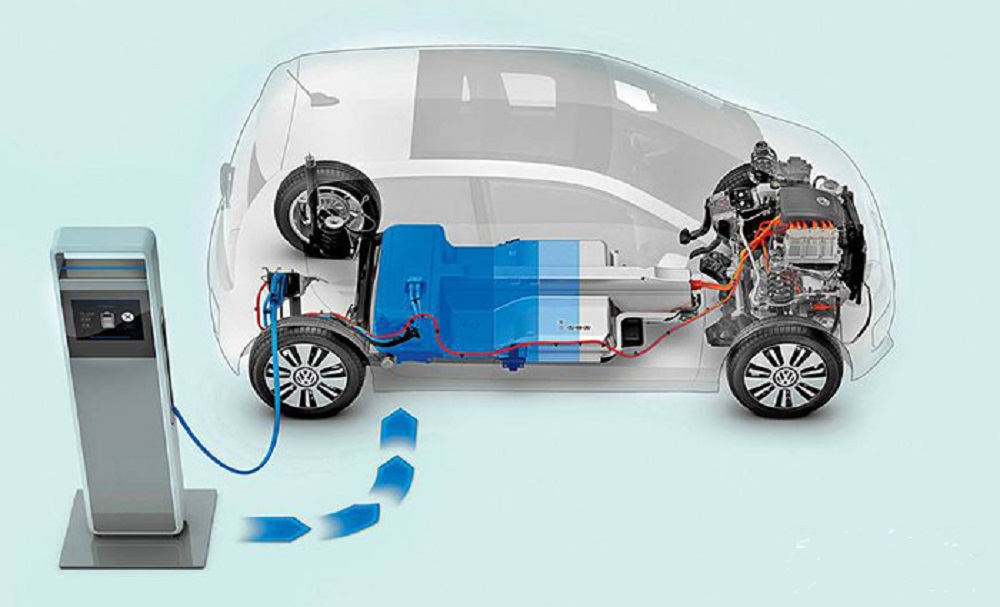
The degradation time of electric vehicle batteries also depends on surrounding environmental conditions
This rate of decline is calculated as a percentage, meaning that an electric car (EV) with a range of 100 miles (160 km) could lose 2.3 miles in the first year, but that will decrease as the vehicle ages. It would take more than five years to reduce driving range by up to 10 miles. In case of need replace electric car battery, this can be done to restore the original operating range
In addition, the environment in which electric vehicles are used plays an important role in battery life. Electric vehicles operating in hot climates often have a faster decline rate than those in cool climates. Frequent use of fast charging also speeds up battery degradation.
4. How to properly care for electric cars
We are lucky to have many methods to stay productive without replace electric car battery for a long time. Here are some important tips to help keep your car running efficiently.
- Battery charging and usage process: Users should limit the situation where battery capacity drops below 20% and do not charge the battery more than 80%. When the battery is overcharged, the battery temperature can increase, affecting the chemical properties of the battery cells.
- Program the vehicle's charging schedule: With today's advanced technology, most electric car models allow users to program their car's charging schedule. It allows adjusting the current and setting precise limits on the amount of charge to the battery.
- Limit the use of fast chargers: Although this is a useful device in case you need to quickly charge during long trips or emergencies. However, fast charging can increase the temperature and cause damage to the lithium-ion battery.
- Frequent charging in harsh weather conditions: If using the vehicle in extremely hot or cold weather conditions, regularly plug in the car charger (when the battery has reached its maximum 80% limit) regardless of range. Such trickle charging allows the battery's thermal management system to operate and maintain the cell at optimal temperature to prolong its life.
- Drive safe: Finally, the way an electric vehicle is driven can also affect battery life. Driving too fast and taking advantage of the electric vehicle's torque can increase the temperature and cause damage to the battery. Therefore, it is best to use electric vehicles at a steady speed.
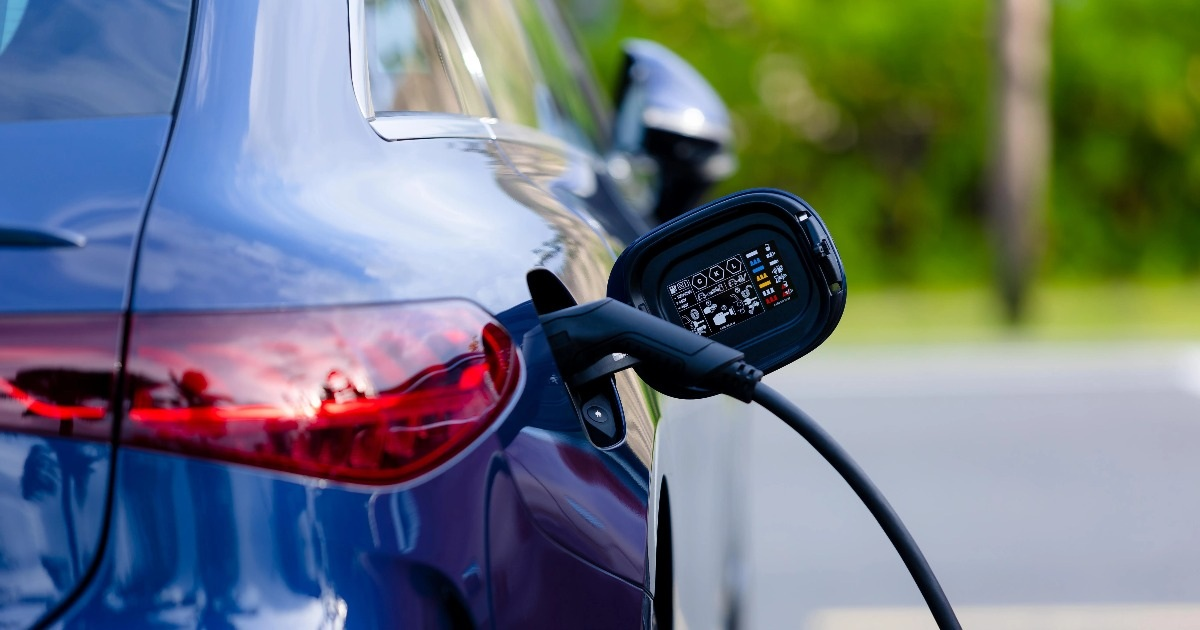
Properly taking care of your electric vehicle helps your beloved vehicle operate efficiently
Above is all the information about the job replace electric car battery. Hopefully through this article, you will have more useful information about battery types, battery replacement costs or some notes to properly care for your car. Don't hesitate to contact Wuling EV Vietnam If you have any questions!





